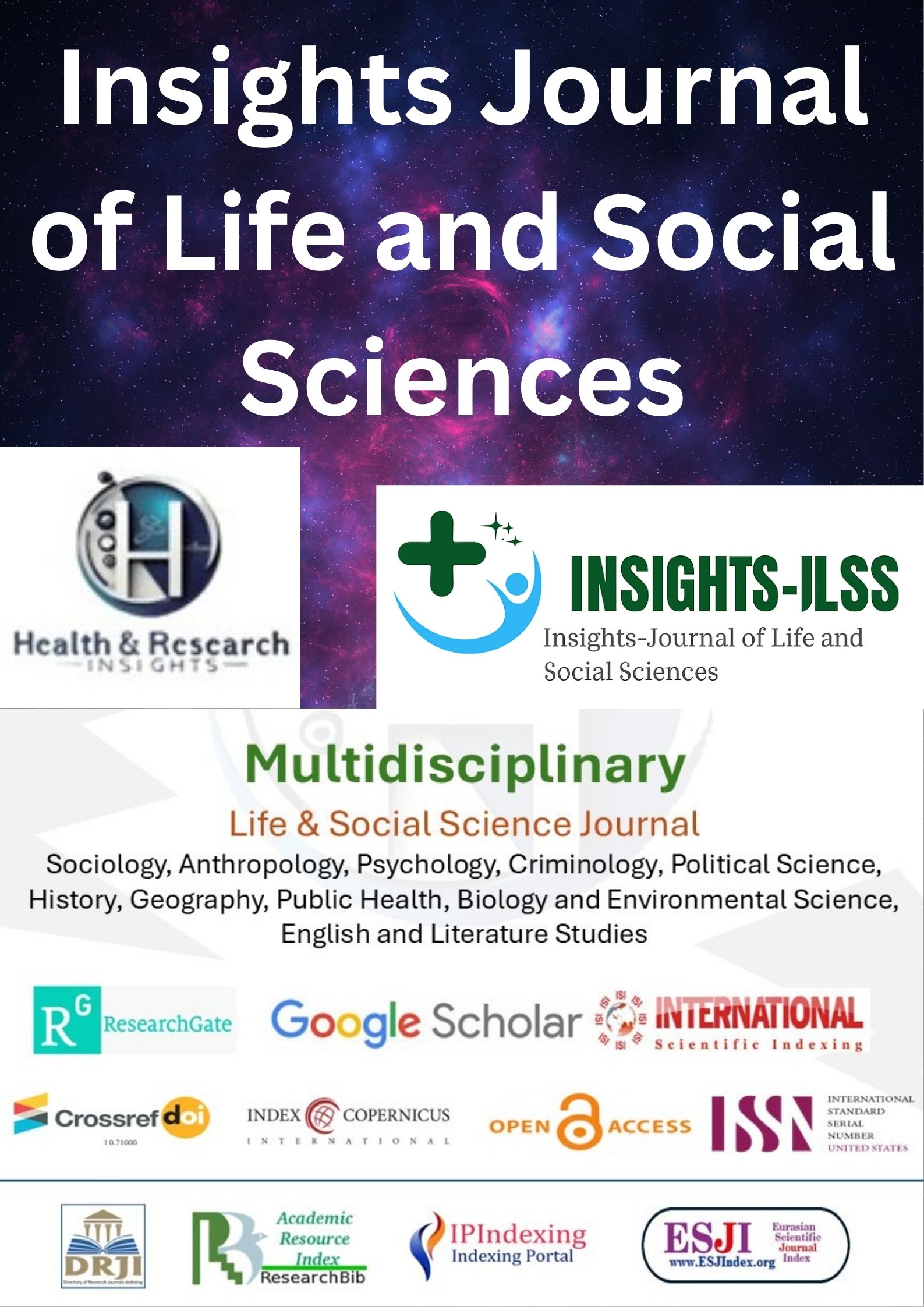EXPLORING PATIENT PERCEPTIONS AND LIFESTYLE EXPERIENCES RELATED TO SALT SENSITIVITY AND ITS IMPACT ON CARDIOVASCULAR HEALTH
Main Article Content
Abstract
Background: Salt sensitivity is increasingly recognized as a determinant of cardiovascular risk, yet little is known about how patients perceive this condition and adapt their lifestyles in response. The interplay between cultural practices, dietary behavior, and personal experiences highlights the need to explore patient perspectives in greater depth.
Objective: To qualitatively explore patient perceptions and lifestyle challenges associated with salt sensitivity and its impact on cardiovascular health.
Methods: A qualitative study was conducted over four months in South Punjab with 32 purposively selected adults aged 28–65 years, diagnosed with hypertension or cardiovascular disease. Data were collected using semi-structured interviews, focusing on awareness, lifestyle barriers, coping strategies, and perceived health effects. Thematic analysis was applied to transcripts, supported by descriptive statistics for demographic variables. Normal distribution was verified using the Shapiro–Wilk test.
Results: Mean participant age was 47.3 years, with 56.3% male and 43.7% female. High awareness of salt sensitivity was reported by 31.3%, moderate awareness by 43.8%, and low awareness by 25.0%. Common barriers included taste preference (62.5%), social gatherings (56.3%), and family eating patterns (46.9%). Coping strategies such as substituting herbs and spices (50.0%), gradual reduction (43.8%), and family support (37.5%) were widely reported. Improvements in blood pressure control (43.8%) and overall well-being (25.0%) were the most frequent perceived health benefits.
Conclusion: Patient perceptions revealed significant variability in awareness and adaptation to salt sensitivity. Despite cultural and social barriers, effective coping strategies enabled positive health outcomes. These findings emphasized the need for personalized, culturally sensitive interventions to support sustainable salt reduction and enhance cardiovascular protection.
Article Details

This work is licensed under a Creative Commons Attribution-NonCommercial-NoDerivatives 4.0 International License.
